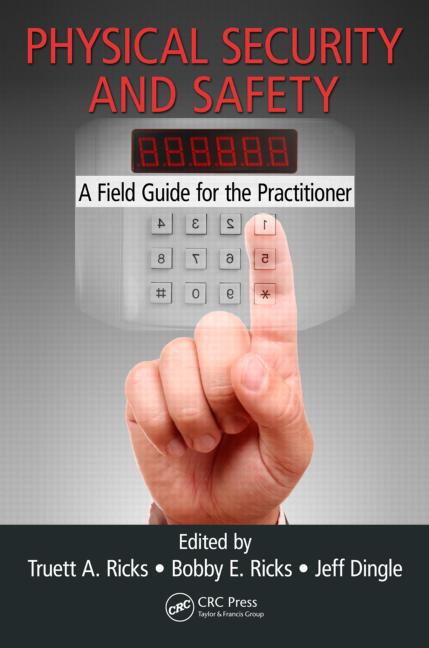The IoT Revolution for Security Professionals

The proliferation of Internet of Things (IoT) devices is opening endless possibilities for exciting, new integrations, while further embedding security within the built environment. Every connected device within a building from HVAC to AV has the potential to interact with physical security in new ways that will result in improved safety, efficiency, comfort and long-term sustainability.
As connected devices gain momentum in built environments, Legrand stated that it is leading the charge with its global Eliot program designed to drive the development of new partnerships and technologies to make the promise of the IoT a reality. Legrand is a specialist in providing electrical and digital infrastructure solutions for all types of buildings. It has millions of devices in buildings worldwide.
Committed to making IoT the established standard, Legrand is speeding up development of its connected offering and mobilizing its entire group to focus on areas where advanced connectivity can provide users with additional benefits.
The Eliot Program
At the heart of Legrand’s commitment to IoT is the Eliot program — an amalgamation of Electricity and IoT, hence, the name — designed to speed the development and deployment of intelligently connected devices and buildings. Eliot is part of Legrand’s strategy of continuous innovation by developing new products that are natively connected, connecting non-IoT devices by adding gateways and discovering innovative, new concepts.
Eliot is not simply about bringing IoT devices to market quickly, but rather truly meeting the individual needs of customers and zeroing in on innovative ways to leverage connected devices. Legrand’s strong conviction is that IoT will make an impact whenever value can be added to an existing solution though an Internet connection.
With IoT solutions, end users will also experience greater return on investment since single devices or sensors will serve multiple purposes within a designated space, such as turning on lights, heat, video cameras and phones.
A few guiding principles are at the core of all development through the Eliot program. First and foremost, all solutions developed through the Eliot program must be easy to use and install. Historically, Legrand products have been characterized by their simplicity and this will only be reinforced by the Eliot program.
Additionally, the ability of products to fully integrate with one another is a core component of the Eliot program and partnerships help make this possible.
On the strength of the Eliot dynamic, Legrand is engaged in various alliances aimed at ensuring that a common language enables connected objects to communicate, thereby ultimately generating new experiences.
In order to improve the experience and the value for customers, Legrand engages in strategic partnerships with select technology leaders and innovators, such as Cisco, Samsung and Amazon.
Lastly, as buildings become smarter and rely more heavily on user-provided data, the integrity of underlying infrastructure is critical to ensuring data is secure. IoT also helps automate data security by analyzing normal activity and raising alerts when it appears a device could have been compromised.
The Promise of IoT
Today’s growth in the number of connected devices is creating a revolution in the built environment. Existing digital infrastructures need to be expanded, while changing user needs require that more building systems be connected.
Connected devices are increasingly becoming engrained in day-to-day activity and will soon become a core component for many industries. In hospitals and healthcare facilities, wearable technologies and installed devices, such as sensors and video cameras, will work together to track and predict patient conditions and monitor the facility to ensure an optimum healing environment.
Office spaces are already using building automation and lighting systems with cameras to constantly monitor the environment and user preferences to ensure the best comfort, safety and performance.
Security professionals that are able to see the power of having connected devices and intelligence at every corner of the built environment, will be better able to harness the possibilities and turn them into practical applications.
Finding success with IoT in the built environment will require security professionals to step outside their comfort zone to understand and discover the many integration possibilities that exist. Security professionals will need to tap into the lighting HVAC, AV and power management systems to develop an exceptional IoT end-user experience.
By leveraging IoT and adapting to the evolving needs of end users, security professionals can thrive in the built environment and Legrand has the partnerships, technology and expertise to make the promise of IoT a reality.
Looking for a reprint of this article?
From high-res PDFs to custom plaques, order your copy today!








